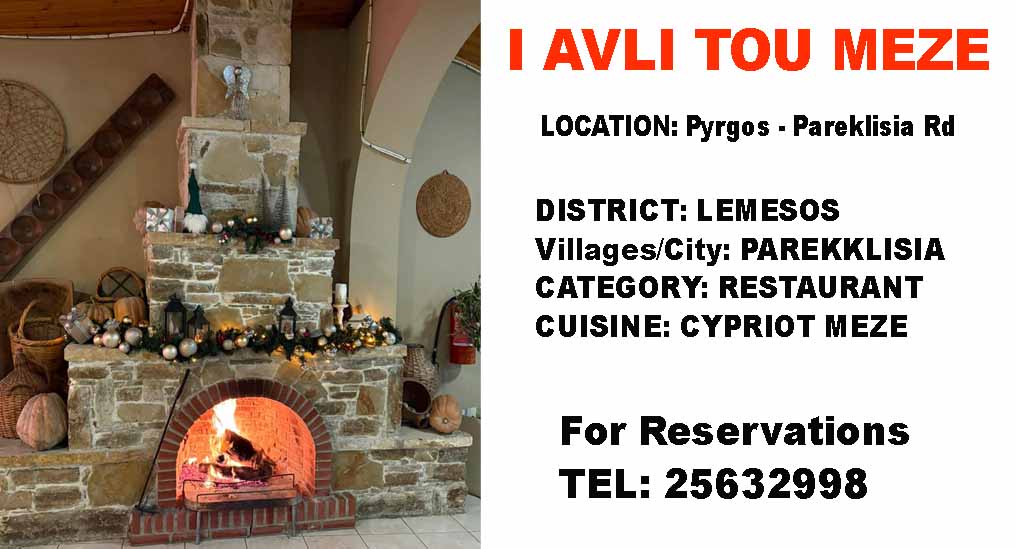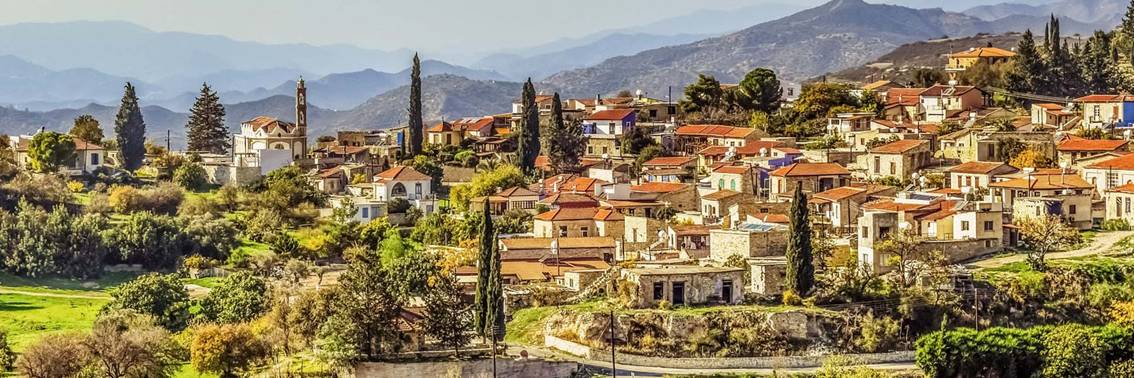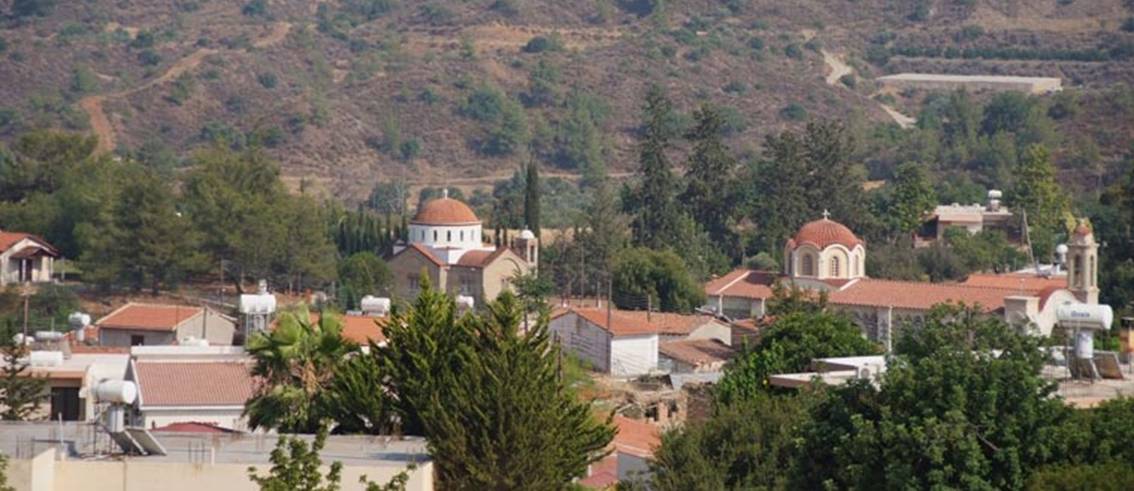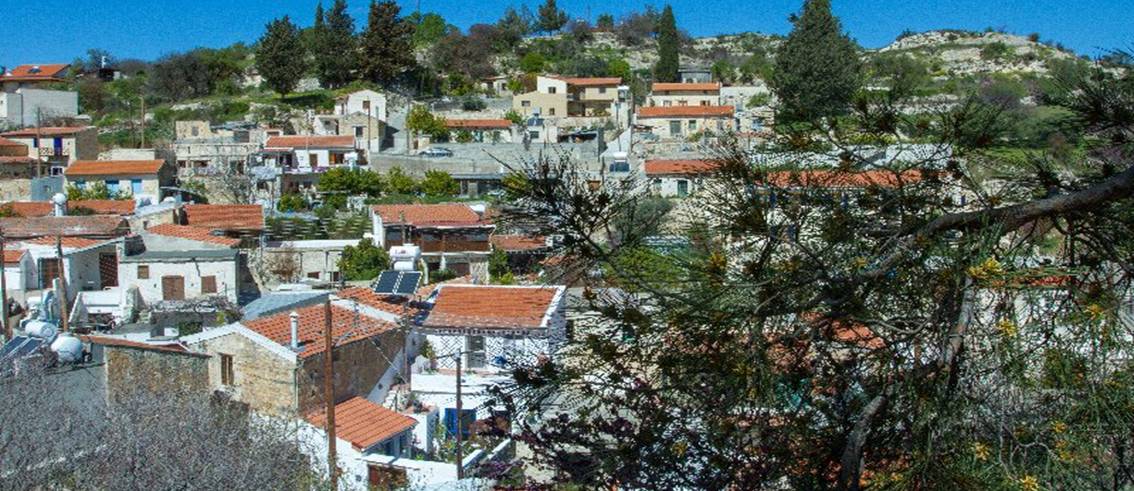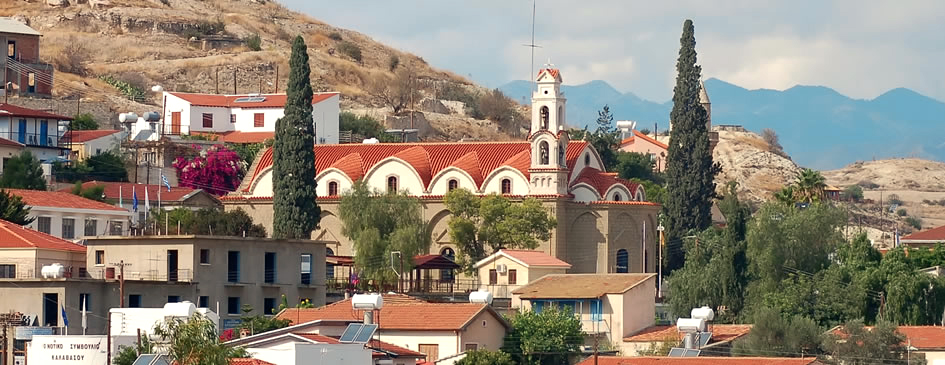Pareklisia Village
The History of Pareklisia Village: Pareklisia is a charming village in Limassol, Cyprus. Its history reflects the island’s broader historical changes. From ancient times to modern development, Pareklisia’s story shows resilience, adaptation, and cultural blending.
Ancient Roots and Early Settlement
The History of Pareklisia Village dates back to ancient times. Its location near the Mediterranean coast and the Troodos Mountains made it an ideal settlement. Archaeological evidence suggests people lived here during the Late Bronze Age (1600–1050 BCE). The nearby ancient city of Amathus, a major trade and cultural centre, likely influenced Pareklisia. Early residents focused on agriculture, animal husbandry, and possibly trade, using the fertile land and strategic location.
Byzantine and Medieval Periods
During the Byzantine era (4th–12th centuries CE), Pareklisia thrived as a rural community. Christianity became deeply rooted, and several churches and chapels were built. These structures served as spiritual and community centers, providing stability during uncertain times.
In the medieval period, Cyprus came under Crusader control in 1191. The Lusignan dynasty and later the Venetians ruled the island. Pareklisia became part of the feudal system, with an economy based on olive oil, wine, and wheat. The Venetians fortified parts of Cyprus, but rural villages like Pareklisia remained largely unchanged, continuing their agricultural traditions.
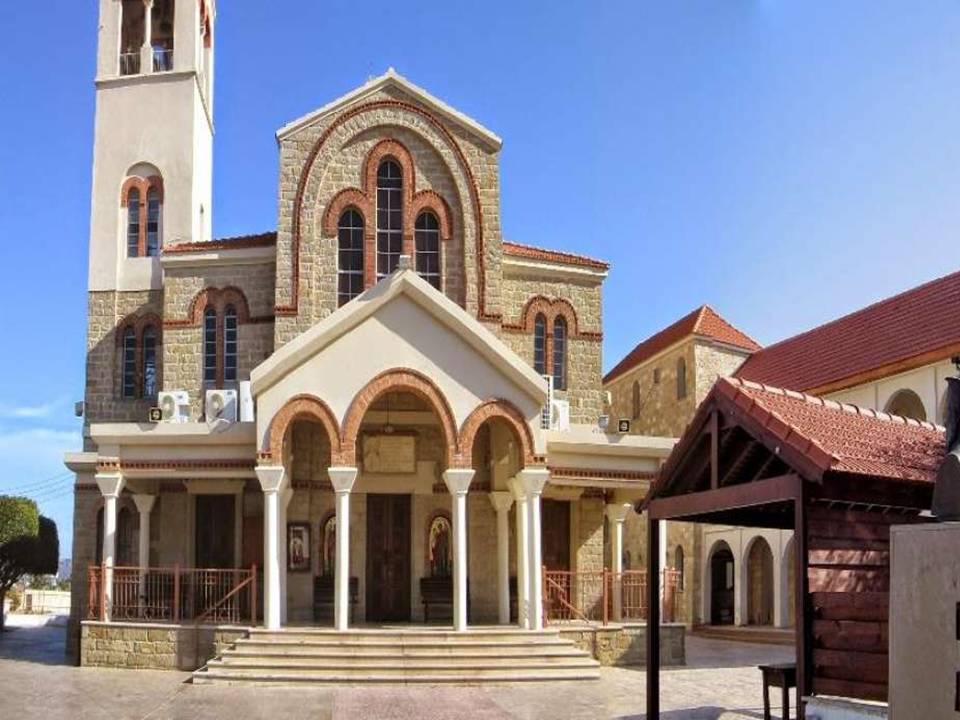
Ottoman Era and British Rule
The Ottomans conquered Cyprus in 1571. Under Ottoman rule, Pareklisia became part of the millet system, which allowed some autonomy for religious and civil matters. The village population included Greek Orthodox Christians and a smaller number of Muslims. Agriculture remained the main economic activity, with new crops like cotton introduced during this period.
In 1878, Cyprus came under British rule. The British modernized infrastructure, building roads and improving water supplies. Pareklisia benefited from its proximity to Limassol, which grew into a major port and commercial hub. Many villagers found work in Limassol or engaged in trade, while others continued farming.
Modern Era and Contemporary Developments
The 20th century brought significant changes to Pareklisia. Cyprus experienced struggles for independence, intercommunal conflict, and eventual independence in 1960. During this time, Pareklisia maintained its agrarian lifestyle, but many residents began seeking opportunities outside the village, leading to gradual urbanization.
In recent decades, Pareklisia has transformed into a modern, affluent community. Its scenic location near Limassol has attracted residential development. New homes, improved
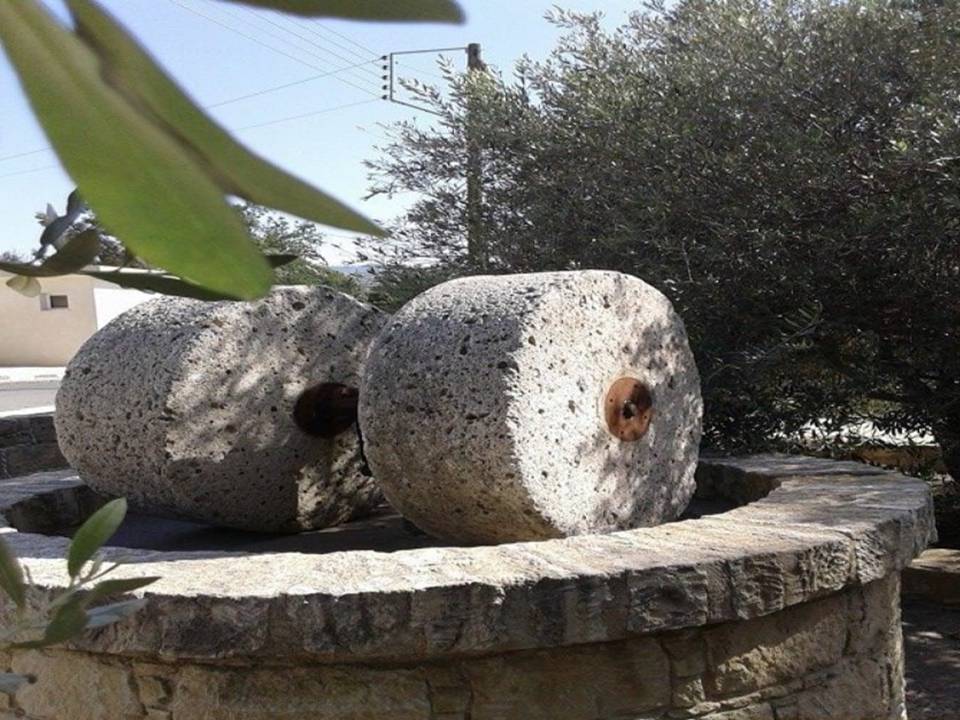
infrastructure, and a growing expatriate community have emerged. Despite these changes, Pareklisia retains its traditional charm. Historic churches, old stone houses, and olive groves remind visitors of its rich past.
Conclusion
Today, Pareklisia blends the old and the new. It preserves its heritage while embracing the future. The village stands as a testament to the enduring spirit of Cypriot village life.
